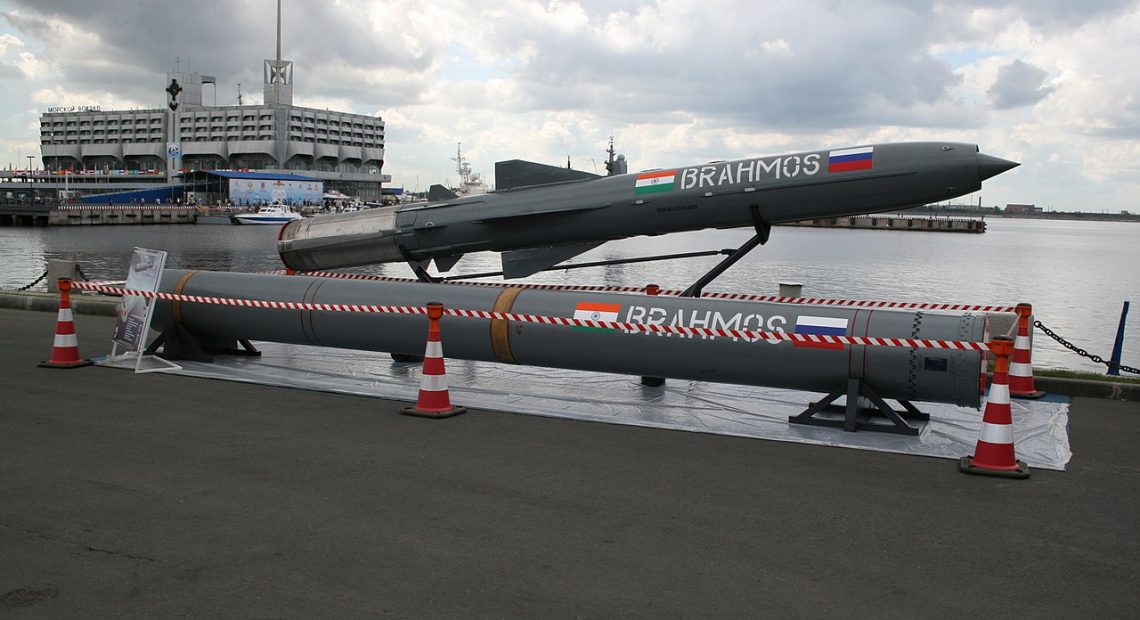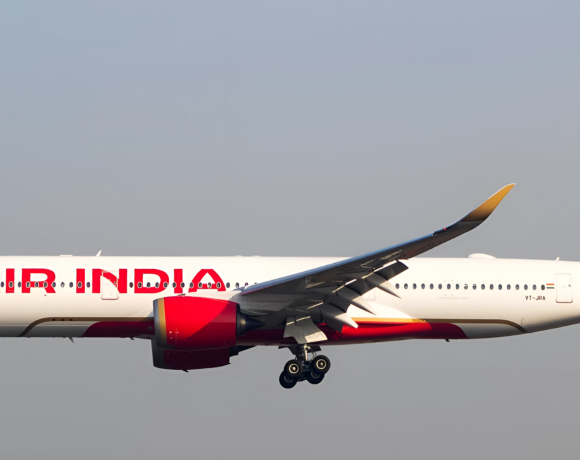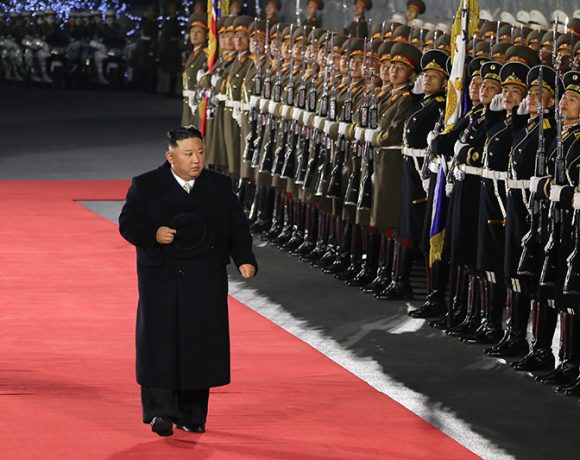
Indigenous Weapons Played Lead Role in Operation Sindoor
At a recent convocation in Pune, DRDO Chairman Samir V. Kamat revealed that India relied heavily on its own defence technology during Operation Sindoor. He said that the air-launched BrahMos missile, deployed via Su-30MKI fighter jets, served as the primary offensive weapon.
Strong Defence Shield Provided by Indigenous Systems
Kamat also emphasized the crucial contributions of other homegrown systems. The Akash surface-to-air missile, MRSAM, D4 anti-drone system, AWACS, and Akashteer automated air-defence system played key roles in protecting India’s airspace during the operation. These systems worked together to detect and neutralize threats well in advance.
Self-Reliance Shines Through
The DRDO chief described Operation Sindoor as a demonstration of India’s ability to stand tall through self-reliance, strategic planning, and indigenous technology. He credited these systems—not just the courage of soldiers—for ensuring mission success.
What Lies Ahead
Kamat announced plans to begin development of a smaller variant of BrahMos, named BrahMos-NG, which can be mounted on multiple aircraft types beyond the Su-30MKI. He also noted that trials for the light tank Zorawar are complete and it will soon enter user trials. Efforts are ongoing to strengthen research, including new labs focused on AI, quantum tech, and smart materials.
Why It Matters
Operation Sindoor’s success highlights how India’s investment in its own science and engineering communities pays off. Using locally developed weapons systems not only boosts military strength but also promotes technological independence. The plans for upcoming systems and a new generation of researchers signal confidence in India’s future innovation.


















